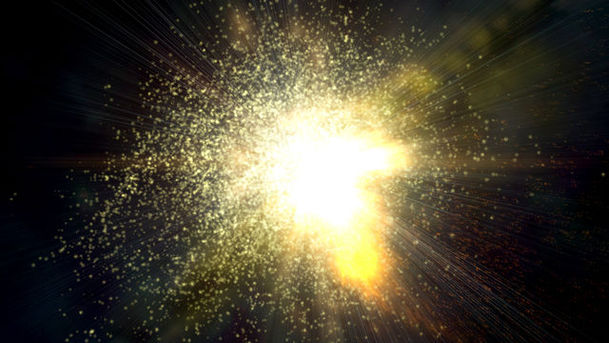Cosmic Quest - Violent Universe

Heather Couper presents a narrative history of astronomy. Only in the last 50 years have telescopes been powerful enough to study distant galaxies beyond our Milky Way in much detail. Cygnus A first came to astronomers' attention as a radio source, the second strongest in the sky. Optical astronomers later realised that it was a pair of galaxies colliding with one another. It is a colossal 700 million light years away, making its radio output a million times more powerful than that of our Milky Way. Energetic reactions were taking place in its core, shooting out great jets of high energy particles emitting radio waves. The next breakthrough came from an even more distant object over 2 billion light years away. At its heart was something 40 times more luminous than a normal galaxy yet no bigger than the solar system. These mysterious powerhouses were named quasi-stellar radio sources, now abbreviated to quasars. The consensus now is that they are massive black holes, millions or even billions of times the mass of our Sun, gobbling stars and gas in the centres of galaxies. Readers are Timothy West, Robin Sebastian, Julian Rhind-Tutt and John Palmer.